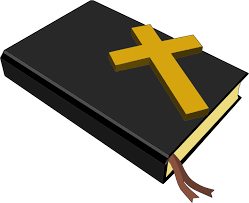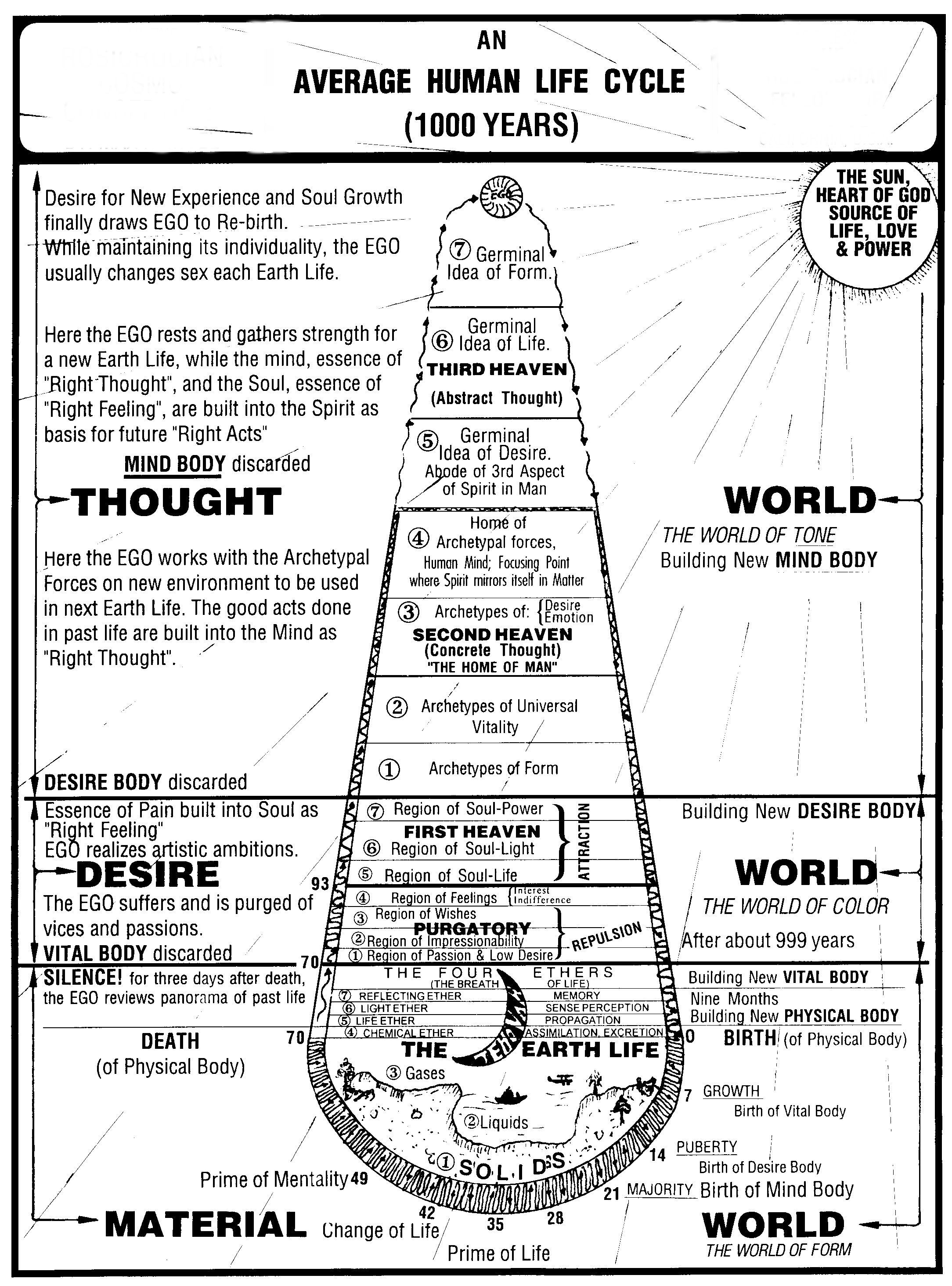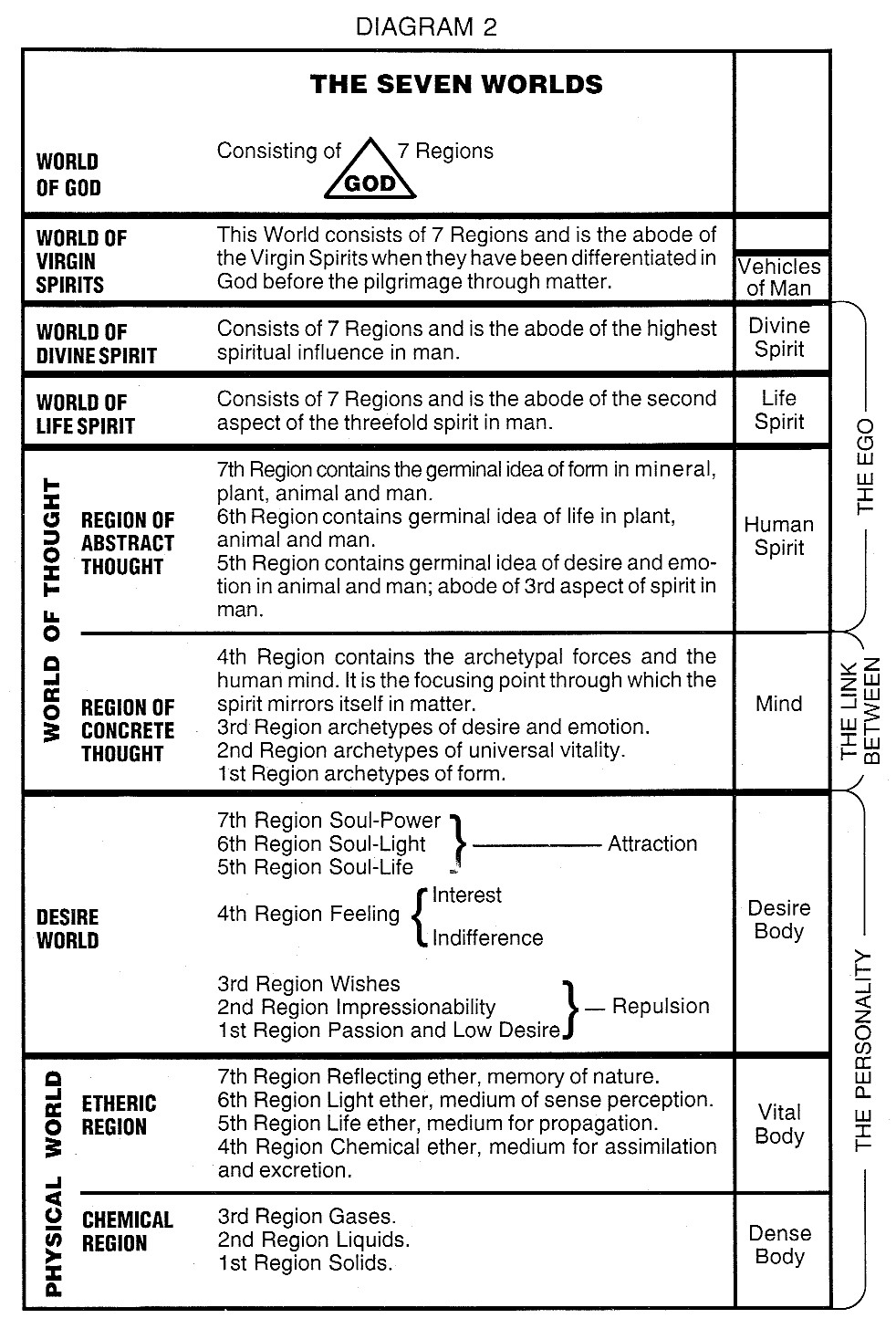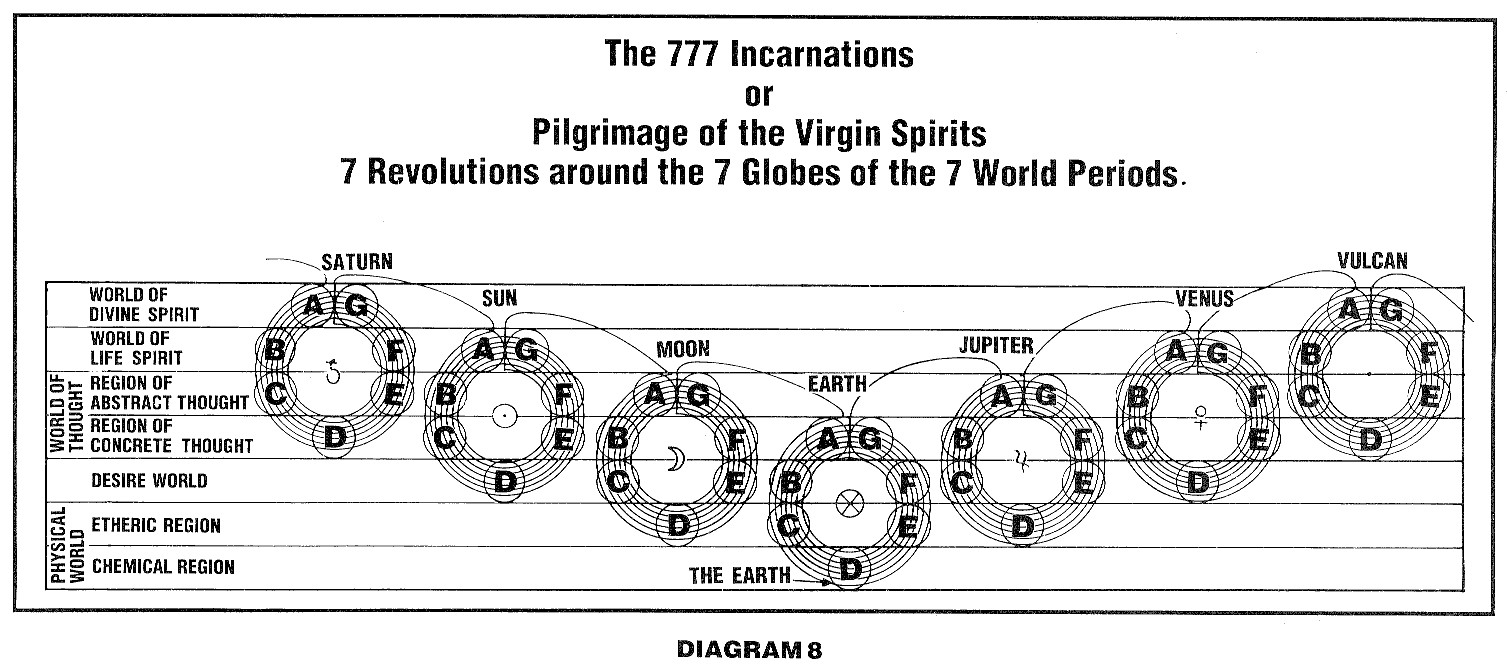
| RosicrucianU.com | ||
| Simplified Scientific Christianity |

The Book of Esther opens with the account of a magnificent feast which was given by king Ahasuerus, whose palace was located in Shushan, the capital city of the Persian Empire. The word Shushan means "lily," the flower emblematic of attainment through purity. All esoteric schools observe certain Mystery Feasts such as this one which recounts the fall of Vashti and the ascension of Esther. During these Feasts exalted spiritual truths are repeatedly imparted to worthy recipients.
The glories of the palace described in the verses above refer esoterically to the wonders of the mystic Temple of Initiation located in the spiritual realms and which is the central focus of the great World Mystery, the Temple of universal wisdom whose devotees are to be found in every land and among all races. Mystic legends state that this Temple was built to the music of fairy harps and that its harmonies must be kept alive by the loving, selfless lives of its neophytes. Through the massed powers of their devotion, Temple devotees have been able to expand consciousness until a vision of the beatific city is vouchsafed them. This was the inspiration of Revelation, the vision of John. The transcendent glories of Shushan, city of lilies, and the activities of those sufficiently blessed to take part therein, are the theme of the Book of Esther.
The Feast was made unto all the people that were present in Shushan, the palace, because only those who were capable of functioning consciously on the higher planes could have been there, and all, therefore, had earned the right to partake of the celestial Feast.
The colors used in the palace decoration are significant of certain soul qualities. White symbolizes purity, green compassion, and blue devotion. The bed, a symbol of the soul body, was fashioned of gold and silver, or the masculine and feminine forces united within (represented in this legend by the two characters. of Esther and Mordecai). The soul body must always be fashioned, as it is described here, of gold and silver and resting upon a pavement of red and blue. Red, the color of the martial nature, must be changed into the luminous blue of spiritual conquest. The white and black marble represent the inner and the outer, the concealed and revealed, the esoteric and the exoteric. The external must coincide with the internal. "That which is above is like unto that which is below."
The amalgamation of the black and white was the subject of Hiram Abiff's contemplation at the hour of high noon during which time the Craft passed from labor to refreshment. Yet even that exalted Master had not then attained the full knowledge of this Operation, else he could not have been attacked by the three ruffians. Similarly, this inner knowledge must be a part of the work of every spiritual Mason or mystic builder if he would earn the inestimable privilege of taking part in the Temple rites as a member of that "blessed company" which commemorates the four sacred Feasts in the "palace of lilies", mystic Shushan.
The Talmud refers to the four Feasts as follows:
"Four times in the year the Lord pronounces his decrees. First, New Year, the first of Tishri (October), the Day of Atonement. Then the judgments of all human beings for the coming year are ordained. Secondly, the first day of Passover (April), Nissan, commemorates the release from servitude in Egypt. Then the scarcity or fullness of crops is determined. Thirdly, Sivan (June), the Feast of Weeks, commemorates the time when Moses received the ten commandments. Then the Lord blesses the fruit of the trees, or bids they bear not in plenty. Fourthly, the Feast of Dedication (December), Kislev, commemorating the laying of the foundations of the Temple. Then the Lord determines whether the rains shall bless the earth in its due season or not."
The powerful forces which are in operation during these sacred intervals include those generated by man himself. They represent the accumulated results of the workings of the mass consciousness and are used by the celestial Hierarchies to bestow upon the Earth the "blessings" of plenty or the "curses" of want.
Races are directly responsible for the condition of that portion of the Earth which they inhabit. The spiritualization or the solidifying of the planetary body is a part of the Temple work at these special seasons. This sublime work is witnessed by the disciple and is taken part in by the Initiate.
On the seventh day of the feasting, the seven chamberlains who served in the presence of Ahasuerus, the king (the sevenfold body of man), were commanded to bring Vashti, the queen, before the king:
Vashti represents the neophyte who has not yet woven the "royal apparel the luminous soul body, in which one must appear before the "king" at this especial feast. This garment is woven of the two radiant essences of the spirit, the gold of love and service and the blue of purity and holy aspiration.
Vashti, the nettle, represents the aspirant who fails through the forces of the lower nature, and who is therefore not found worthy to enter into the holy place and take part in the mystic ceremonials which are enacted there at the four sacred Festivals. Vashti could not respond to the command that she stand before the king because she had not been "duly and truly prepared."
The name Mordecai means "the fig " which is the symbol of fruitfulness as used in the Bible. The name Esther is derived from the word Estareh, a star, and in Hebrew Hadassah, which is translated "the myrtle", also "an evergreen", and in Persian, Venus, the star of love, all of which are symbols of everlasting life. The soul qualifications represented by these names is that which an entrance into the Temple of Life bestows.
These verses describe the work undertaken by the neophyte toward the purification of body, mind and soul. Oil of myrrh, which is bitter and fragrant, symbolizes the renunciation of the old sense life; sweet odours, the addition of expanding spiritual faculties.
Here Esther represents the victorious aspirant, the one who is admitted into the inner court, there to meet the king, or spiritual Teacher, face to face and to receive his blessing in preparation for a more extended service.
The feast described above was celebrated in the month of Tebeth (January) as the Sun passes through Capricorn, the birth sign of World Saviours. It is the sacred season of the Winter Solstice, when the Sun of the astronomical new year is born and the emanations of the Cosmic Sun Spirit enfolds the Earth. In the northern hemisphere this is the longest and darkest night of the year, the time when material activities are at their ebb. The spiritual forces are, on the contrary, then at flood tide, the radiations of the Invisible Sun being at their maximum. Esther's feast is the Feast of the Star, wherein both ancient and modern Wise Men learn to follow the guidance of the luminous Star which shines for them no longer in the sky but in the heart of the Earth, thence radiating its emancipating light for the whole planet. A part of all inner Temple work is the preparation for beholding the Mystic Midnight Sun at mid-winter.
The mystic Feast held in the Temples on Holy Night is truly a "Feast to the Star," wherein the Mysteries of the Nativity become a part of the work consummated by the "newly born."
— Corinne Heline

|

|

|
|
|
Contemporary Mystic Christianity |
|
|
This web page has been edited and/or excerpted from reference material, has been modified from its original version, and is in conformance with the web host's Members Terms & Conditions. This website is offered to the public by students of The Rosicrucian Teachings, and has no official affiliation with any organization. | Mobile Version | |
|